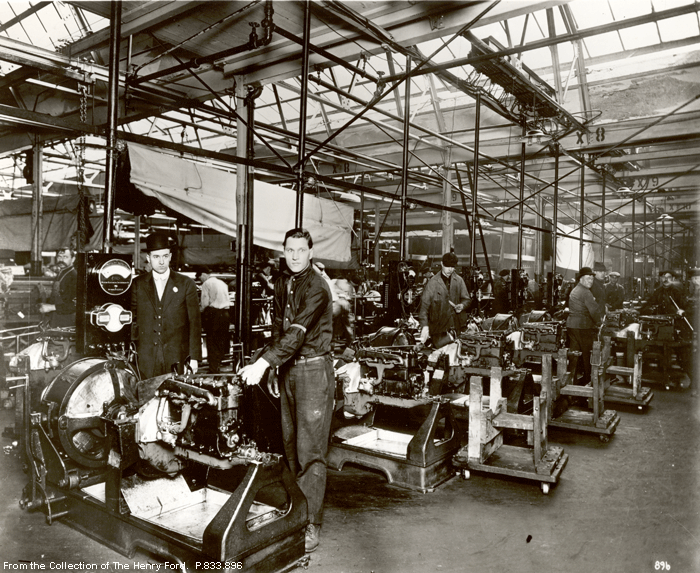
SEX AND ADVERTISING
BRIEF HISTORY OF ADVERTISING
We have been adept at advertising since the beginning of the human race, even before the birth of written language, as seen from the beautiful signage and wall-painting excavated from ancient ruins and large religious buildings covered with symbols. (Ayiter, n.d.).
When written languages and paper materials such as papyrus popped up more than 5,000 years ago, together with the invention of the printing press by Johannes Gutenberg in the 1400s, advertising took off as it made mass production of prints more feasible. (Ayiter, n.d.).
Subsequently, books, newspapers, posters were easier to produce, with advertisements being sold to help fund the publications. But modern advertising, according to Maryland State Archives (n.d.), really began in the Industrial Revolution where goods were mass-produced, and delivered by railroads, and in order to profit from this higher rate of production, industry needed to mass-market their products to influence the population, which gave rise to a culture of consumerism that powered capitalism.

INDUSTRIAL REVOLUTION - Paving the way to modern advertising
Image source: http://www.autolife.umd.umich.edu/Labor/L_Overview/P.833.896_Assembly-HighlandPark.gif
The industrial revolution transformed advertising from informative flyers stating the availability of goods in 17-18th Century Europe, whose audience were in close proximity, to multi-million dollar campaigns that aimed to persuade people from around the world.
Alois Senefelder first developed lithography, the printing technique which involves a combination of stone plates and chemical process to create images.
In an article by Hupfer (1997), 19th Century developments in lithography had allowed mass production of visual images with tones and colours and advertisers exploited these eye-catching appeal to attract consumers. Jules Chéret, a French painter and lithographer, was well-known for his eye-catching posters displaying modestly free-spirited females to promote products and touring troupes. His posters sold an image of a ideal life and the ideal woman which were the first step towards media promoting sexual appeal.

Image source: http://www.repro-tableaux.com/a/jules-cheret.html


Advertising competition came along in the early capitalism as products had similar value and sales are driven by what the products and their ads look like. This resulted in the emergence of secondary sexual characteristics that focused on status and sex-related packaging and advertising. (Blair, n.d.)
Even up till now, one of the most common and prevalent way to advertise is using sex-appeal.
Sex in advertising began when items such as wood carvings, posters, and signs that depicted attractive and scantily-clad women appeared in saloons. Early sexual-theme advertisements promoted whiskey and tobacco, aiming to capture the male interest.
HISTORY OF SEX IN ADVERTISING
In 1890, W. Duke & Sons had risen to become the leading cigarette brand, a rise that could have been contributed to the company’s inclusion of trading cards featuring provocative women in each cigarette pack (Long, n.d.).
Woodsbury Soap introduces “Sex Appeal” into advertising with its “Skin You Love to Touch” Campaign with images of romantic couples and promises of love and intimacy. To date, several brands, like Calvin Klien and A&F have been the forefront of this movement, using sexual appeal to sell redundant products.
Image source: http://upload.wikimedia.org/wikipedia/commons/thumb/a/a2/SchraderAp1921.jpg/220px-SchraderAp1921.jpg

Georg Gallup, a professor of advertising and journalism discovered that while most number of ads focused on the economy and efficiency of products, those that played with vanity and sex-appeal connects with readers. (Tungate, 2007) This shows that the use of increasingly explicit sexual
appeals in consumer-oriented print advertising has become routine.
While the print medium dominated the market in the 19th Century, advance of technology led to new forms of medium like cinema screens, radio, television which increased the reach to consumers. As a result, proliferation of sexual advertisement has become more pervasive than ever. Currently, the usage of computers and mobile devices with the wireless technology has also re-defined the concept of communication in terms of its nature and speed, and allowed rapid distribution of erotic images and advertising.

